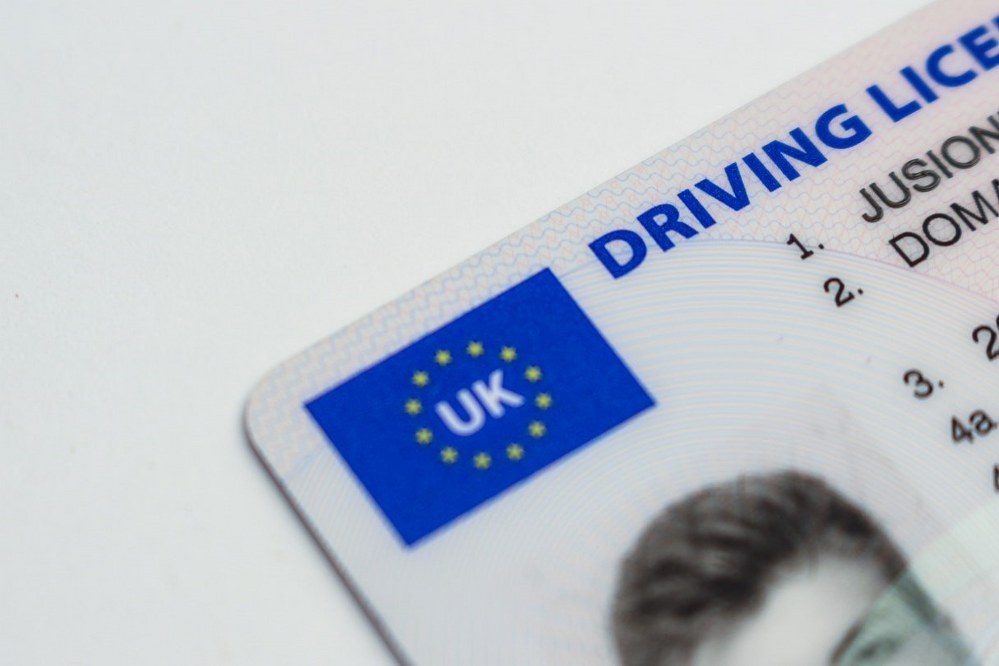For most parents, watching their kids learn to drive is a great experience, if for no other reason than because it means that the free taxi rides from mum or dad are finally over! Buying car insurance is the final part of that process, and while your options will depend on the specific vehicle to some extent, there are some things you can do to make sure you get the best deal.
What influences car insurance premiums?
There are many factors that influence the cost of car insurance, such as estimated mileage or where you live and how secure your car will be:
1. The age of the driver
Young drivers are notoriously expensive to insure, due to their age and lack of driving experience which make them statistically more likely to be involved in an accident.
2. The car
Possibly the most important factor for your car insurance premium is the car’s worth, speed, and engine size. So, buying your child an old model for the first couple of years of driving, could save you money in more ways than one.
3. Where the car is kept
Car owners are often surprised that the area in which they live has a high rate for car theft. Factors such as keeping the car in the garage, rather than on the driveway will reduce your child’s car insurance. You will also pay less if you are the mum or dad of a daughter, because despite an EU Gender Directive, gender is still a factor taken into consideration by many insurers.
4. Voluntary excess:
Tweaking your voluntary excess i.e. how much you pay before the insurance kicks in, should your child have an accident, will also make a big difference to the premium you pay. Excess is the amount that the policyholder is expected to pay in the event of an accident. Premiums go up drastically if you go for fully comprehensive with zero excess, but then it may pay off if your child has one or more accidents in their first year of driving that they were responsible for. Only you can decide if you would rather be safe and pay a little extra for their car insurance now, or if you want to take the gamble and pay for any repairs, should your child crash or damage their car.
5. Added extras:
As any parent, you will want your children safe and able to use their car when needed. Least of all because opting not to take out roadside assistance can result in a hefty bill should your son or daughter break down on the motorway and require a tow truck. For your peace of mind and the safety of your young driver, it’s wise to consider purchasing additional car breakdown cover from a reputable provider such as 24|7 home rescue, which can give you peace of mind in case of any unexpected issues on the road.
Naturally, there is always the option to add your son or daughter to your own policy. If they only use your car occasionally and live at home, you can add them as named drivers. You might ask yourself how long your child can stay on their parent’s car insurance. There is no age limit, but usually that means that he or she has to live at the same address as you. You will also need to consider that as a named driver , your child will not earn a no claims bonus during that time.
Black box policies
Blackbox policies involve fitting a device to your child’s vehicle to monitor their driving behaviour. For many parents, this sounds like a dream come true. This type of insurance is sometimes known as telematics insurance because it involves the use of ”telemetry” data to let insurers assess your child’s driving ability. This may include acceleration, braking and cornering.
These policies will reward you by reducing your premium at renewal if your child has driven within certain parameters. Naturally, they can equally penalise for bad driving by increasing the insurance premium or even cancelling cover. If you think your child drives responsibly, you are likely to save as young and inexperienced driver are usually automatically charged a high premium for traditional car insurance. The other benefit is, that you will find out should your child NOT drive responsibly. This could, however, mean that your insurance premium goes up, or that your cover is cancelled, but hopefully your child will learn their lesson.
Consider paying annually
Different policies will have different payment terms. Generally, people opt for pay-monthly contracts but this is mostly out of habit. Most insurers want you to pay monthly because, while it feels like it is cheaper because the payments are more spread out, you will pay more overall. If you can pay for your child’s car insurance on a yearly basis, then it is much more economical to do so. If you are worried you might have to cancel your child’s car insurance before the insurance year is up, you can usually contact your insurer to obtain a partial refund, so this shouldn’t be a reason to pay monthly.
Switch insurer every year
When the time comes to renew your child’s car insurance policy, don’t just go through the motions and rubber stamp it. Once your contract is up, you are a free agent and you have a new opportunity to go and find the right insurance package for your child’s needs. It is always worth shopping around.
Use a price comparison site
Online price comparison tools, such as Quotezone’s car insurance calculator, make comparing your insurance options quick and simple and ensure that you aren’t paying a penny more than you need to for the level of coverage you desire. You can also use a car insurance calculator to get a sense of what kind of price range your child’s insurance is likely to fall into.
Finding the right car insurance for your child doesn’t have to be a laborious process. Do your research and find out what kind of insurance he or she needs. You can either buy your child insurance of their own, or you can find an insurance policy that will cover them and you. Whatever you decide, use a price comparison tool to make sure you get the best possible deal, and always shop around when your policy’s renewal comes up.



